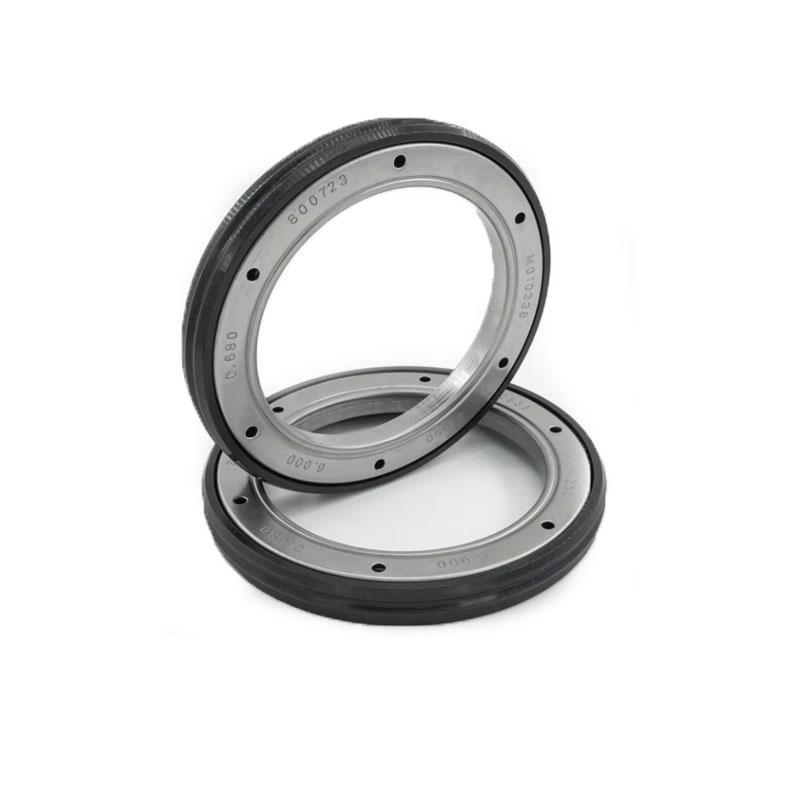cutlass bearings marine
Understanding Cutlass Bearings in Marine Applications
Understanding Cutlass Bearings in Marine Applications
The primary purpose of cutlass bearings is to reduce friction between the propeller shaft and the strut or hull. Typically made of a durable material such as bronze or a composite rubber, these bearings are designed to handle the harsh marine environment, which includes exposure to saltwater, impacts from debris, and varying temperatures. The use of cutlass bearings allows for efficient transmission of power from the engine to the propeller, ensuring optimal performance and reducing wear on critical components.
cutlass bearings marine

Installation and maintenance of cutlass bearings are essential to ensure their longevity and functionality. Proper alignment and seating of the bearings within the strut or hull are critical to prevent premature wear or failure. Regular inspection is also necessary; marine operators should look out for signs of wear, such as excessive play in the propeller shaft or unusual vibrations. Replacing worn or damaged cutlass bearings promptly can prevent more extensive damage to the propulsion system and improve overall vessel performance.
Moreover, when selecting cutlass bearings, considerations such as the size, material, and load capacity are crucial. The choice of bearing must align with the specific requirements of the vessel, including its size, weight, and intended use. Marine applications can vary significantly, from recreational boats to large commercial ships, and choosing the incorrect bearing can lead to inefficiencies and increased maintenance costs.
In conclusion, cutlass bearings serve an indispensable role in the marine industry. Their ability to facilitate smooth operation and reduce friction is vital for the efficiency of a vessel's propulsion system. By understanding how cutlass bearings function and the importance of proper selection and maintenance, boat owners and operators can ensure optimal performance and longevity for their marine vessels. Investing in quality cutlass bearings and maintaining them regularly can lead to safer and more efficient maritime operations.
-
The Ultimate Guide to Car Repair Kits: Tools and Essentials Every Driver Should Own
News Aug.01,2025
-
The Complete Guide to Oil Pan Gaskets: Sealing Engine Leaks the Right Way
News Aug.01,2025
-
Preventing Oil Leaks: A Complete Guide to Oil Pan Gaskets and Drain Seals
News Aug.01,2025
-
Everything You Need to Know About Oil Pan Gaskets and Drain Plug Seals
News Aug.01,2025
-
Essential for Car Owners: How to Use a Car Repair Kit to Deal with Minor Breakdown
News Aug.01,2025
-
Comprehensive Guide to Engine Oil Sump Gaskets and Related Seals
News Aug.01,2025
-
The Ultimate Guide to Boat Propeller Bearings and Trailer Wheel Bearings
News Jul.31,2025
Products categories















